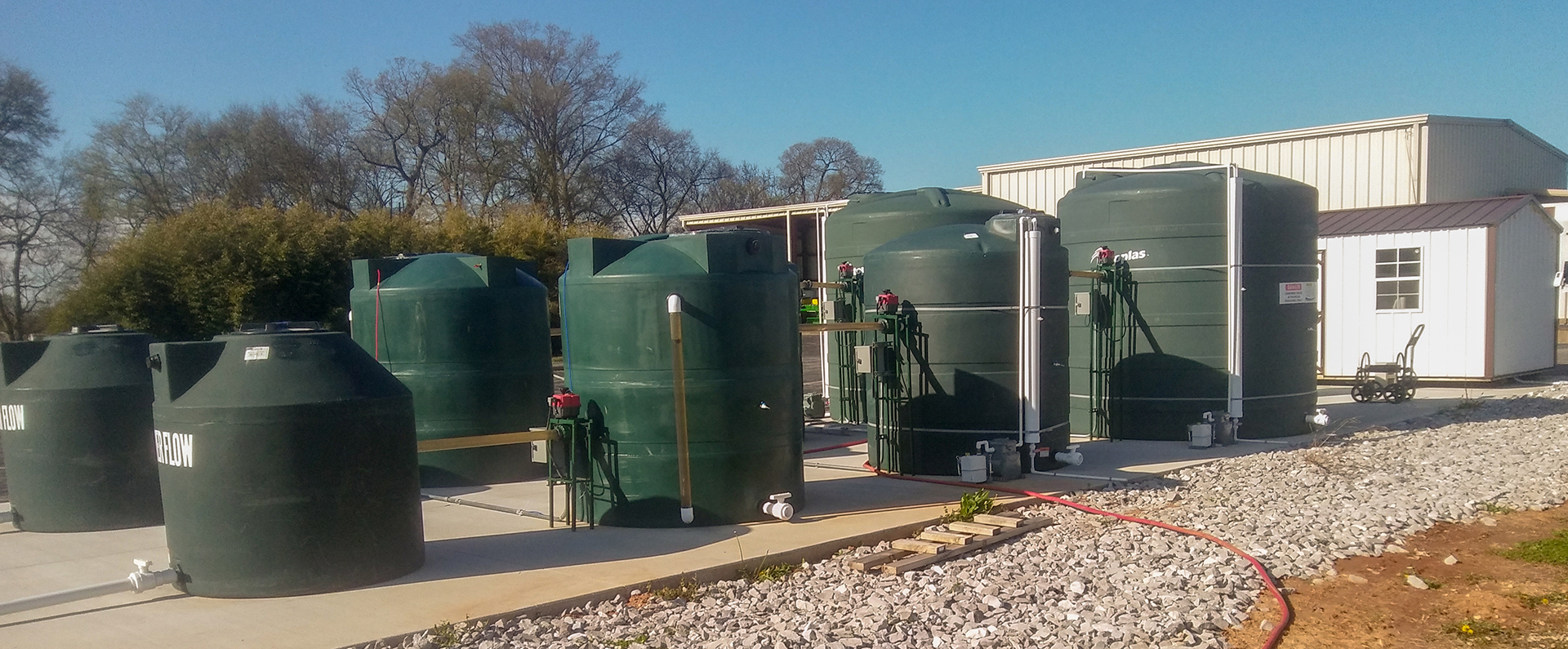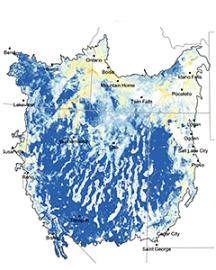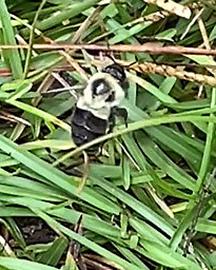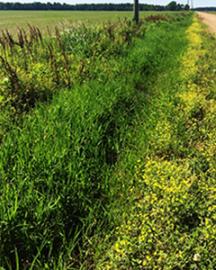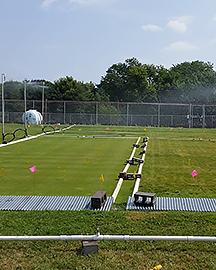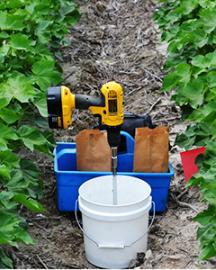Let's Hear It for Biogas!
ARS scientists are sounding out a new way to improve biogas production and help the environment. Researchers in Bowling Green, KY, placed waterproof speakers into air-free wastewater treatment facilities to study how sonic vibration affects the anaerobic digestion of waste. The sonification (the sound supplied by these speakers) vibrated gas bubbles and sped up the breakdown of wastewater. This produced 27% more biogas during summer months and increased production 74-fold during winter months, allowing for some continued energy production during the winter, when many unheated anaerobic digesters stop producing biogas.
This extra “sonic biogas” can heat farm and livestock facilities and power equipment, improve the quantity and quality of biogas, and even help to recover ammonia nitrogen as a potential fertilizer product. Biogas is a proven source of energy used in the United States and around the world. USDA estimates hat biogas systems could produce enough energy to power more than 3 million American homes and reduce methane emissions equivalent to 4 to 54 million metric tons of greenhouse gas emissions in 2030.
Related Information
Research Project: Acoustic Stimulation of Anaerobic Digestion: Effects on Biogas Production and Wastewater Malodors.


